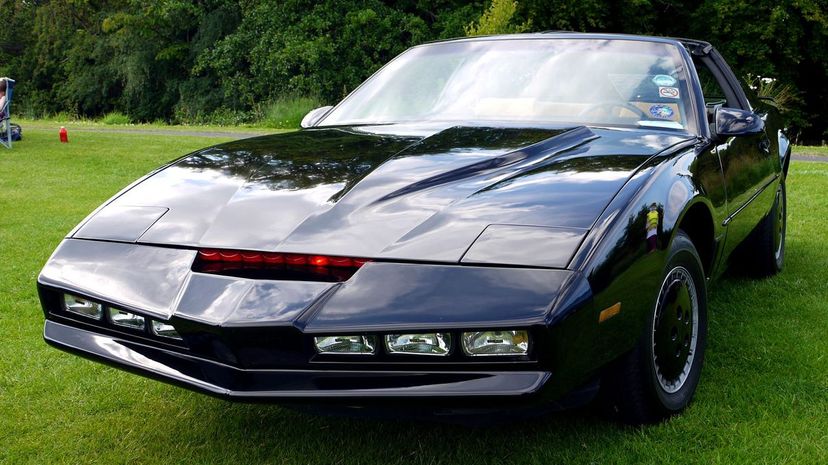
About This Quiz
Can you survive in the fast lane?
Compared to the decades that came before it, the 1980s actually proved to be one of the automotive industry's more stable decades in the 20th century. In North America, the pony-car class of automobiles had finally recovered from a drastic dip in sales that occurred during the mid-'70s, with iconic names like the Pontiac Firebird Trans Am and the Ford Mustang being hailed as some of the leading causes of this resurgence. In addition to this, the wave of Japanese and European imports making it big in the U.S. had decreased somewhat as well. The major Japanese manufacturers had also started to branch out into more luxury avenues after they were forced to restrict their exports to the U.S. For example, Honda had its Acura brand and Toyota had its Lexus brand. All of these factors combined to produce a consistent stream of automotive (and very much improved) eye candy coming from both the West and the East.Â
In this quiz, we've sped through the entirety of the 1980s and separated the boring or ugly cars from the cool ones that we all wanted to drive. So, just how much of a classic '80s gearhead are you? Rev up your brain and let's find out!
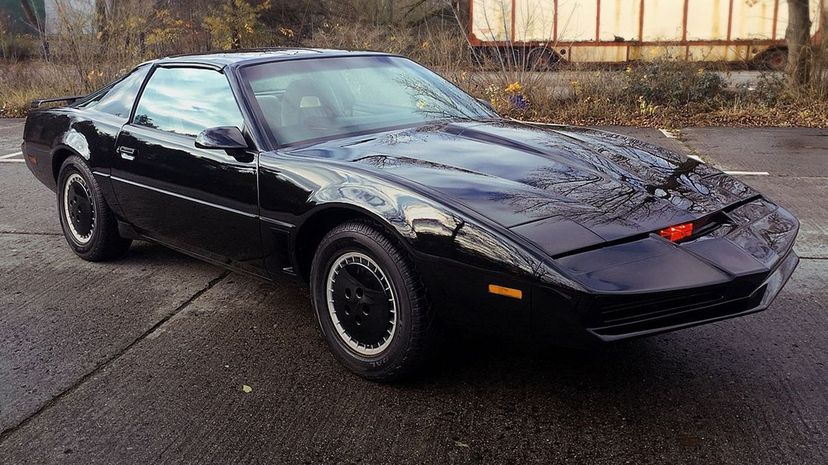
KITT from the 1982 TV series "Knight Rider" was specifically a 1982 Pontiac Firebird Trans Am that was customized for the show. The KITT model cost a total of $100,000 to build and featured the voice of William Daniels as the onboard artificial intelligence.
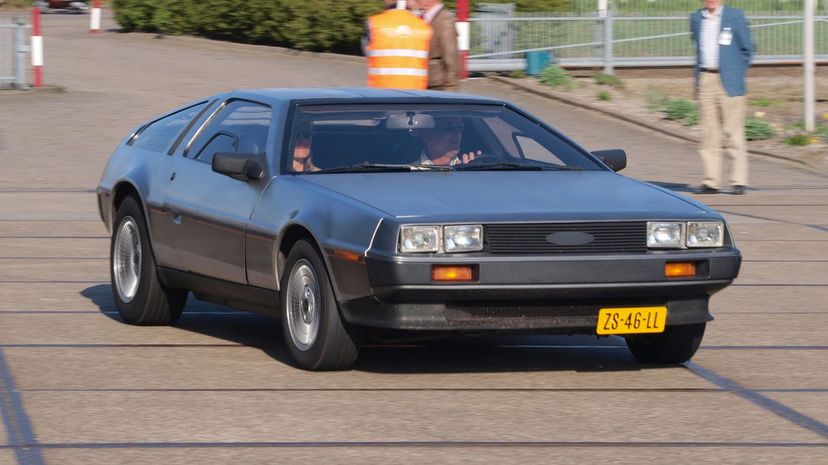
The DeLorean DMC-12 is notable for being the only model that the DeLorean Motor Company ever produced during its short and unstable history. Although the car was a critical and financial failure when it was first released, the success of the Back to the Future franchise help to propel to the forefront of pop culture.
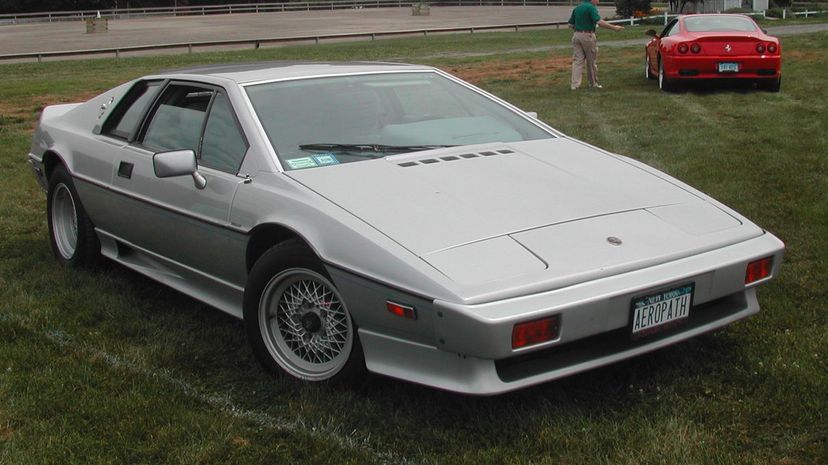
The '80s gave birth to the Lotus Espirit S3, the third generation of the iconic angular sports car. Earlier models of the Lotus Espirit also notably had a direct influence on the build of the critically unsuccessful DMC DeLorean.
Advertisement

Japanese automaker Mitsubishi introduced the Starion in 1982 as a hatchback four-seat sports car that featured a turbocharged four-cylinder engine. Its appeal and overall success lead to it being marketed in North America as rebadged variants under several brands, including Dodge, Chrysler and Plymouth.
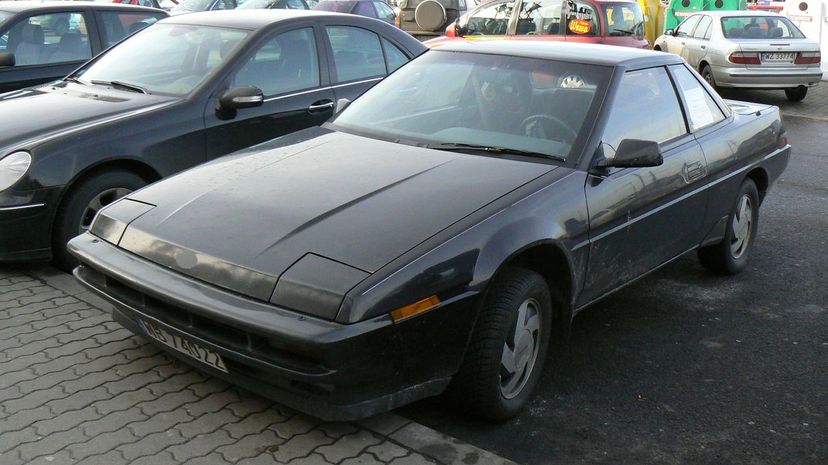
The Japanese of the Subaru XT is the "Subaru Alcyone," and this is a reference to the official Subaru logo. This is because the Subaru logo is based on the "Seven Sisters" (Pleiades) star cluster, and the star Alcyone is the brightest member of this group.
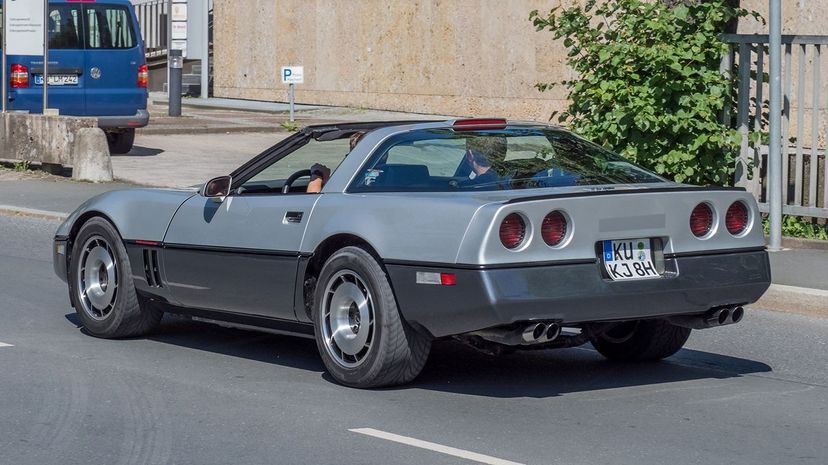
The fourth generation of the Corvette - the Chevrolet Corvette (C4) - is without a doubt one of the most iconic eras of the nameplate's history. It was introduced in 1984, and production lasted well into the '90s, with the last one being made in 1996.
Advertisement
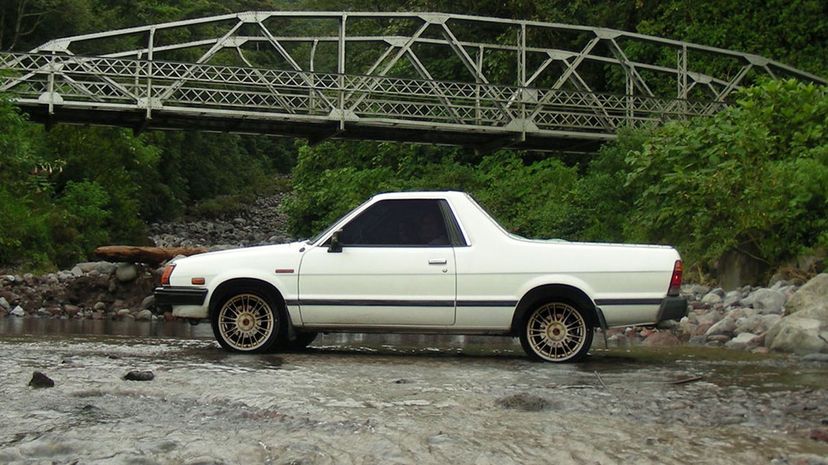
Although it was created by the Japanese automaker Subaru, the BRAT was actually only intended to be exported and not marketed domestically. As a result of this, the Subaru BRAT was one of the most notable cars of the '80s that was the subject of grey-import networks in Japan.
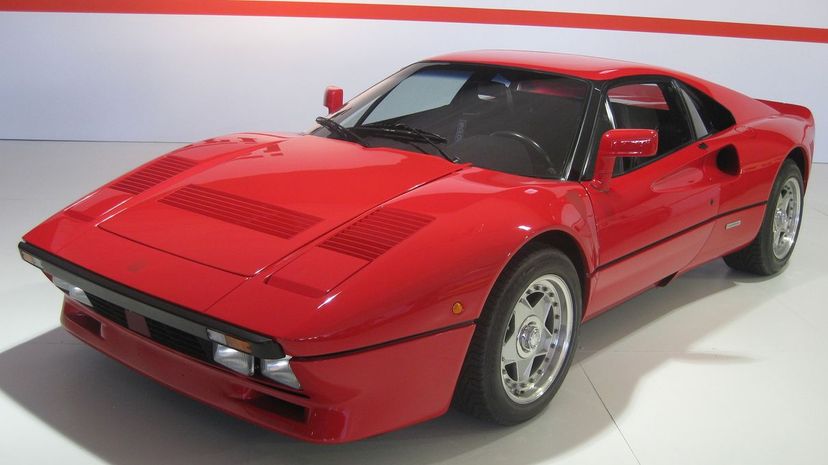
The Ferrari 288 GTO is an exotic sports car that debuted in 1984 and during its 3-year production span, only 272 were ever created. Some notable owners of the Ferrari 288 GTO include Niki Lauda and Eddie Irvine.

Nissan introduced the Datsun 280ZX/Nissan S130 in 1978, but it was the 1982 model that really captivated US audiences. The Datsun 280ZX was also notably marketed in some regions as the Nissan Fairlady Z.
Advertisement
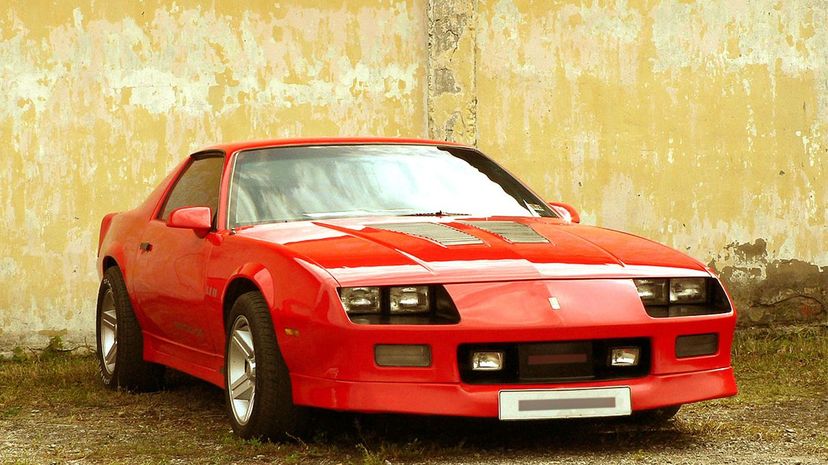
Once 1985 came around, the third generation of the Chevrolet Camaro was already in full swing. This was when Chevrolet introduced the IROC-Z version into the market. The Chevrolet Camaro IROC-Z was notable for its lowered ride height, its "wonder bar" steering brace and upgraded suspension.
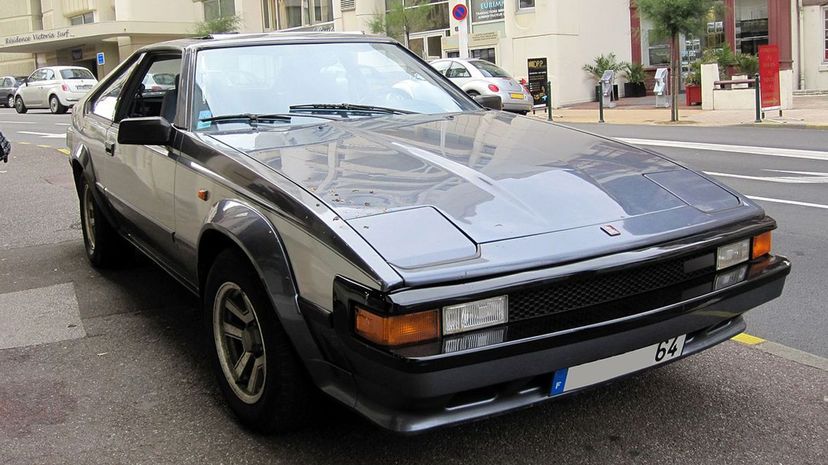
The Toyota Celica Supra was first introduced in the late 1970s, but the nameplate really hit its stride once the second generation debuted in 1981. This generation featured a completely new design and an inline-six engine, among other differences.

The Porsche 944 was notable at the time for its relatively substantial and successful production run that lasted from 1982 to 1991. Another remarkable fact was that Porsche managed to produce over 163,000 units.
Advertisement
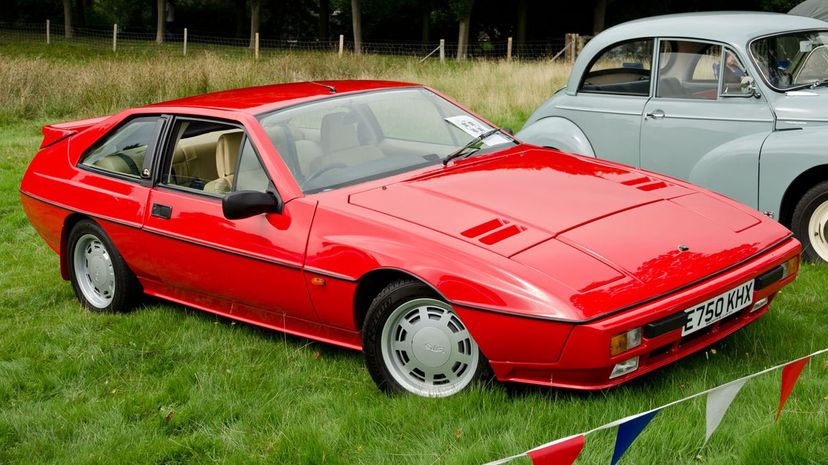
British automaker Lotus took the design of their Eclat model and expanded upon it when they created the Lotus Excel. During its decade-long production run, which lasted from 1982 to 1992, there were only 2075 units built.
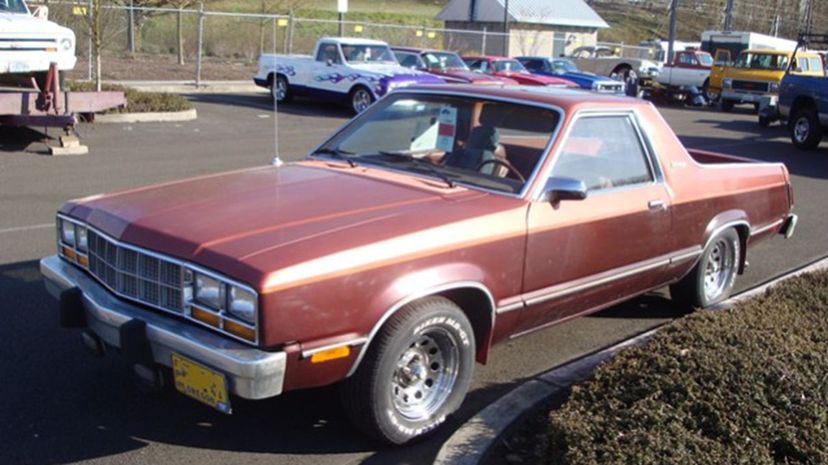
Unlike its predecessor the Ford Ranchero, the Durango was not nearly as successful. In fact, it is estimated that Ford sold less than 400 units of this 2-door coupe utility.
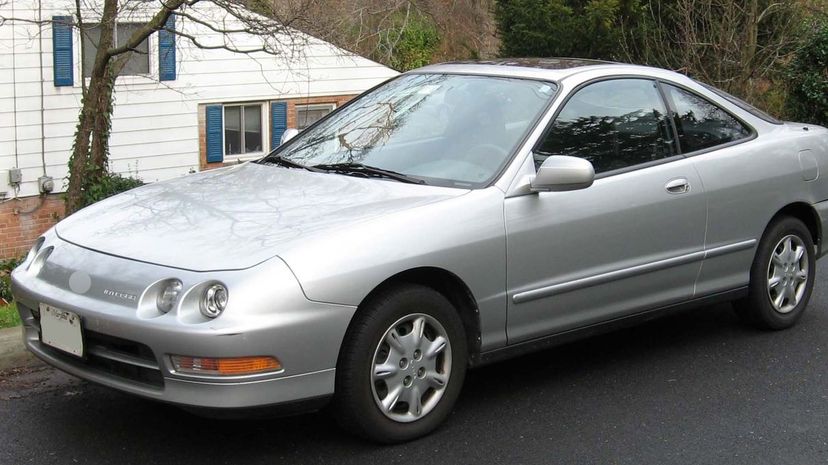
The Honda Integra was marketed in some Western markets as the Acura Integra in its earlier years and as the Acura RSX in the fourth generation. While its designs were nothing to scoff at, the Honda Integra was primarily praised for its performance and its excellent handling.
Advertisement
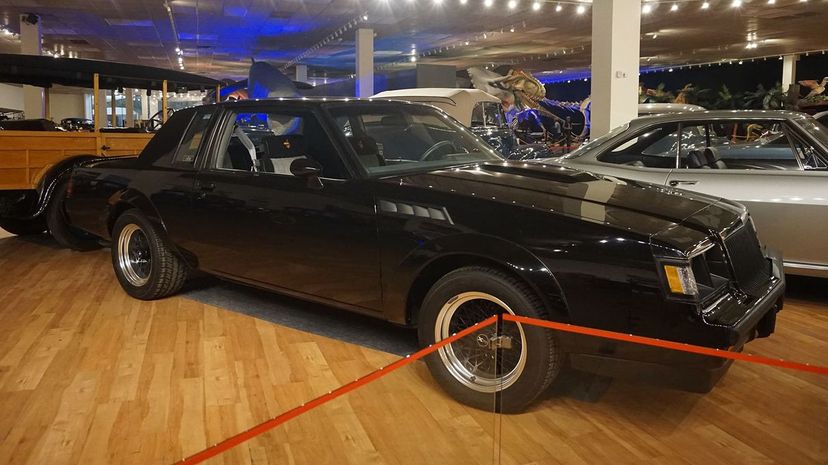
The Star Wars craze was in full swing during the early '80s, and as a result of this, the sci-fi franchise was on everyone's mind when the Buick Grand National GNX first showed its face to the public. Its sleek black coloration and the appearance of its grill led to it being referred to as "Darth Vader's Car."
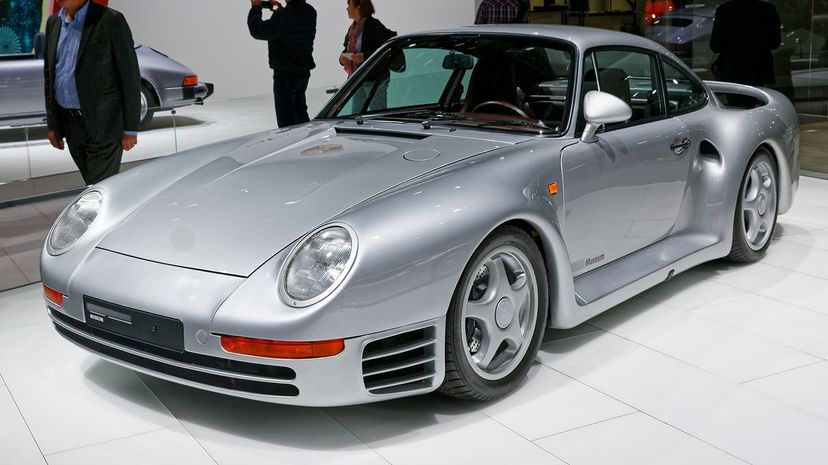
The Porsche 959 is a German sports car that was introduced in 1986 and produced until 1993. Helmuth Bolt designed it, and less than 350 units were ever produced during its lifespan.
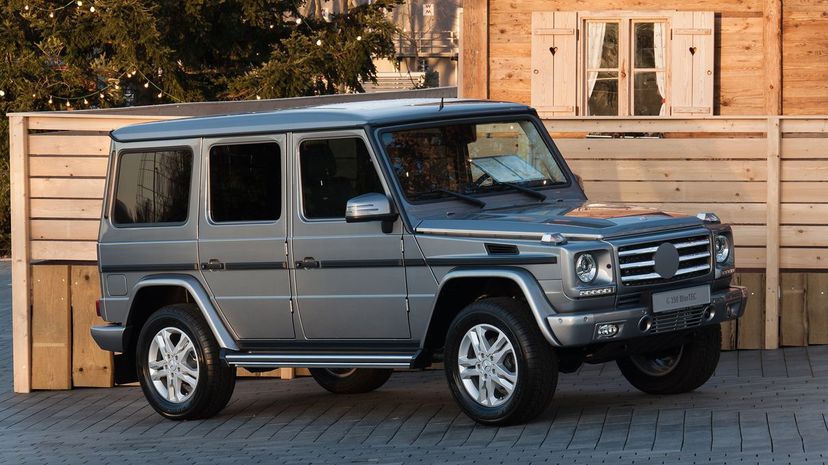
While it may not look like most of the other vehicles in this quiz, don't let that fool you. The Mercedes-Benz G-Class was undoubtedly one of the coolest vehicles from the '80s. This mid-size luxury SUV is also notable for being one of the longest-produced vehicles from Daimler.
Advertisement
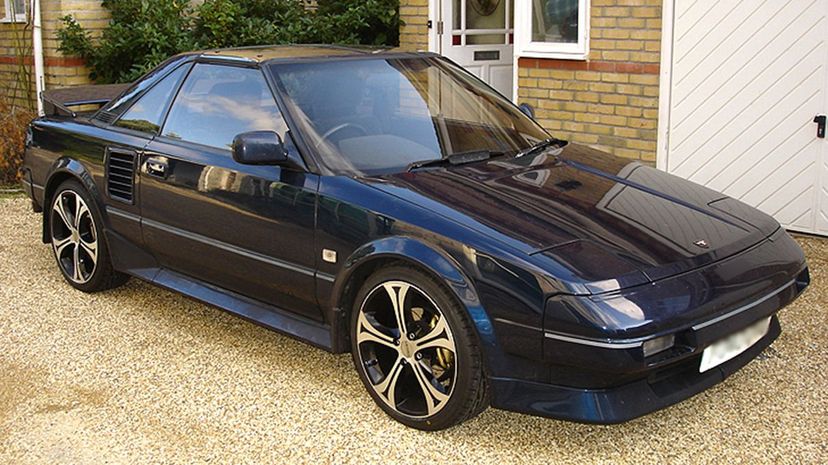
The Toyota MR2 is notable for begin one of the most popular cars in Japanese street racing that was introduced in the '80s. In total, the nameplate had three design generations, with the last one coming to an end in 2007.
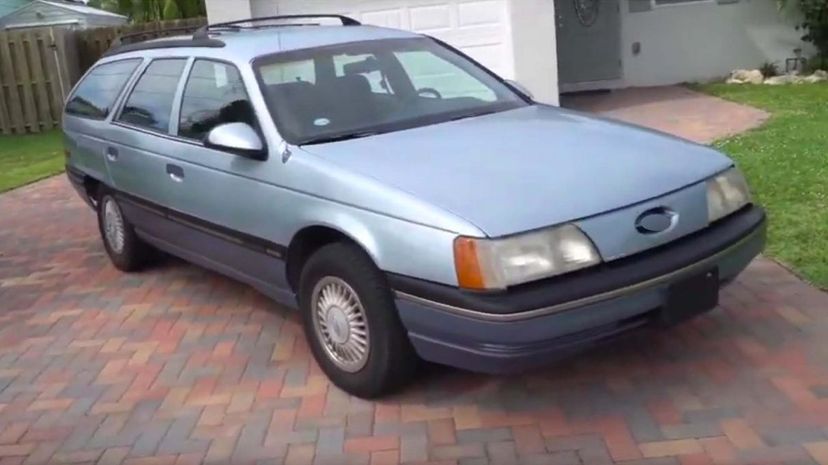
The Ford Taurus was finally discontinued in North America in 2019; however, it is still being produced in China to this day. The first generation debuted in 1986 and was subjected to far greater critical acclaim and sales numbers compared to its predecessor, the Ford LTD.
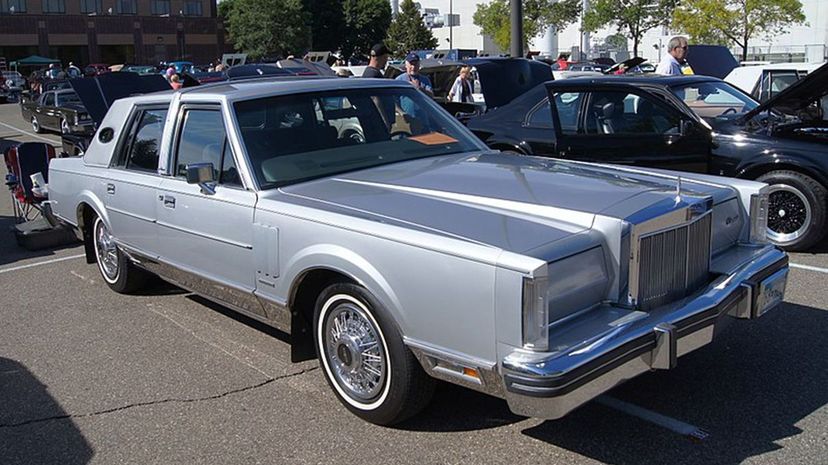
The start of the 1980s brought the fifth generation of the Lincoln Continental Mark series to consumers. It was built on the Ford Panther platform, and this was the first time that the nameplate featured a four-door sedan body style.
Advertisement
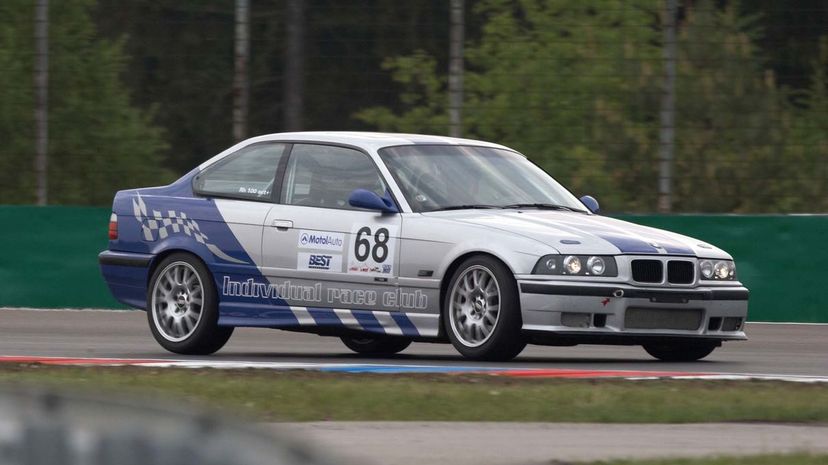
The first generation of the BMW M3 was introduced in 1986 and ran until 1992, and during this time, just over 16,000 units were produced. This first generation was called the E30 generation. and it was designed in both 2-door convertible and 2-door coupe body styles.
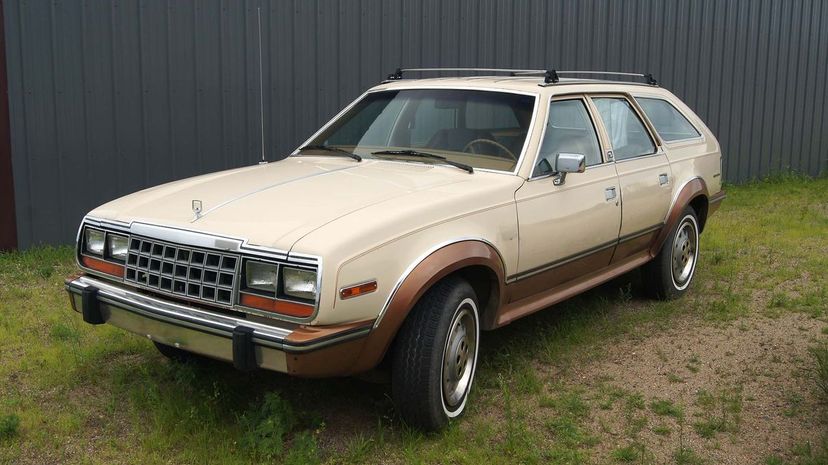
During its run, the AMC Eagle was notable for begin the only US produced four-wheel drive passenger car. It's also distinctive for begin one of the earliest examples of a successful American crossover vehicle.
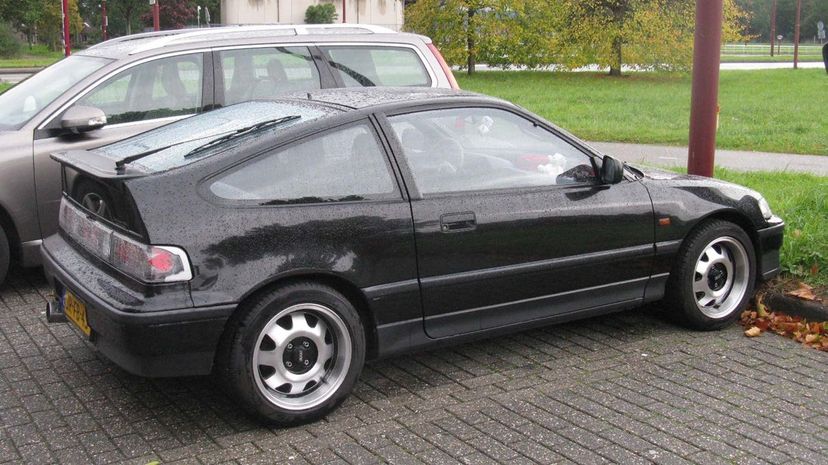
The Honda CRX is a Japanese sport compact car that was first introduced for the 1984 model year and ended production in 1991. Throughout its lifespan, the Honda CRX was praised for its fuel economy, its easy handling and overall performance for its price point.
Advertisement

The Mazda RX-7 was first introduced in 1978 to great praise from the automotive world, with over 470,000 units produced. However, the Mazda RX-7 Turbo II shifted the paradigm entirely, putting the style and speed of a Porsche in a a far more affordable package that the masses could enjoy.
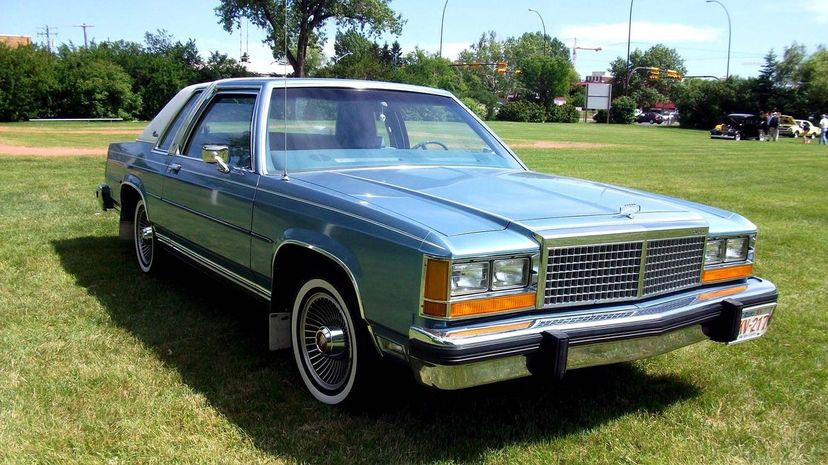
The Ford LTD Crown Victoria was a full-size car that was built on the Ford Panther platform and produced from 1980 to 1991. The nameplate recorded production figures of almost 2 million, and several of these units served as police cars across the United States.
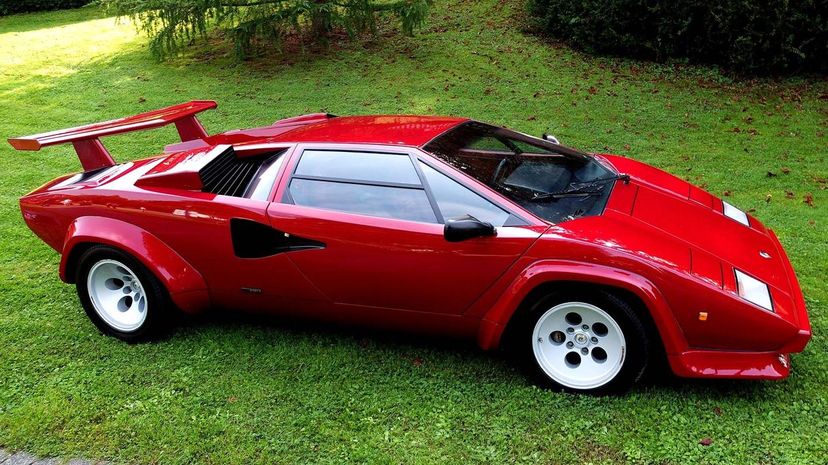
When it comes to Lamborghini vehicles of the 20th century, there are two names that symbolize the iconic nature of the brand: the Lamborghini Countach and the Lamborghini Diablo. The Countach gets more cool points from us because it came first, sporting its iconic Italian Wedge design and setting the stage for the Diablo so that it could flourish as well.
Advertisement
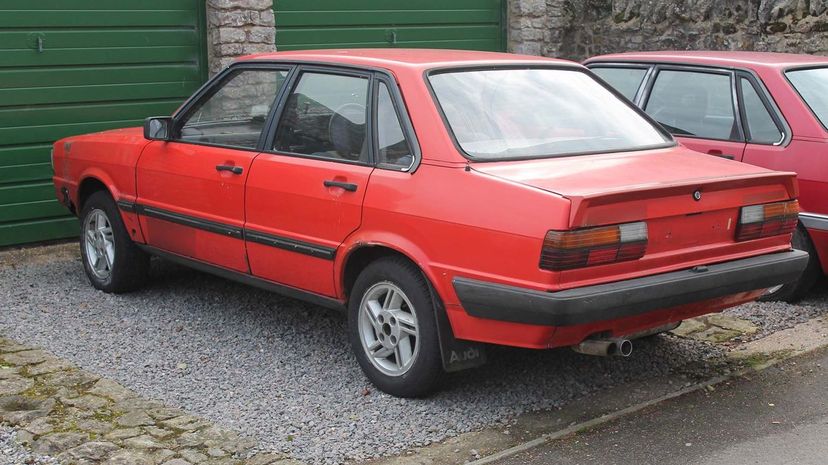
When Audi was designing the Quattro, they wanted to build it with one primary purpose in mind: rally racing. It eventually proved to be a successful rally car, with several drivers winning or placing highly when they were behind the wheel of an Audi Quattro.
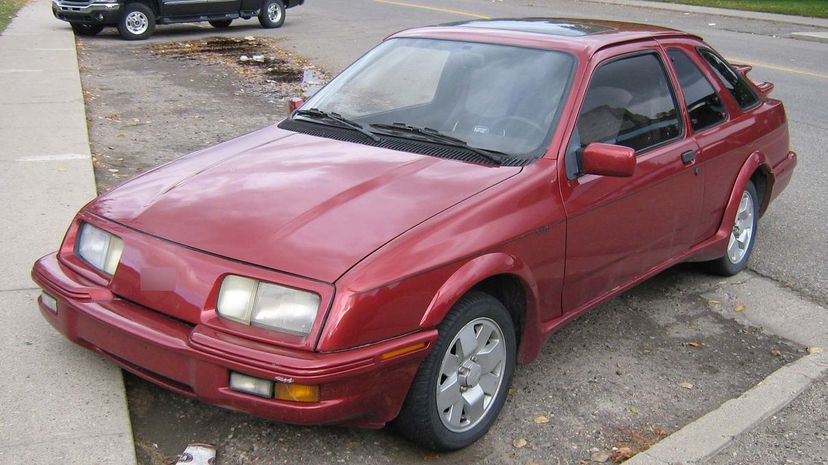
The Merkur XR4Ti was an excellent car in its own right, but it's perhaps most notable for being one of the two models that ever bore the Merkur name (the other being the Merkur Scorpio). One of the primary reasons why Ford coined the Merkur brand in the first place was because they thought that it would better appeal to European buyers.
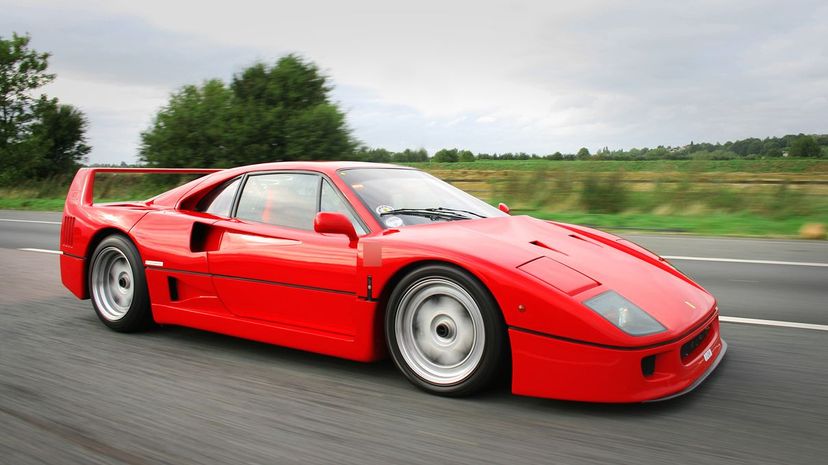
There are two types of sports-car lovers from the '80s: those who loved the Lamborghini Countach and those who loved the Ferrari F40. One of the most notable facts about the Ferrari F40 is that it was the last Ferrari that Enzo Ferrari personally approved.
Advertisement

The original Jeep Cherokee was a great SUV, but it's the second generation, the Jeep Cherokee XJ, that most people remember when they think of the classic design of this SUV nameplate. The model line is still ongoing to this day and is currently in its fifth generation.
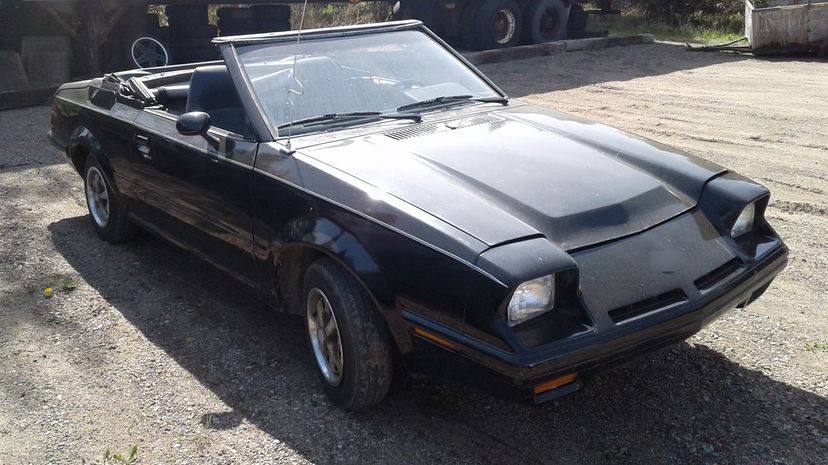
The Ford EXP was also sold in some markets as the Mercury LN7, but this variant proved to be drastically less successful than the original. The EXP featured a 3-door hatchback body style and had a production run that lasted from 1981 to 1988.
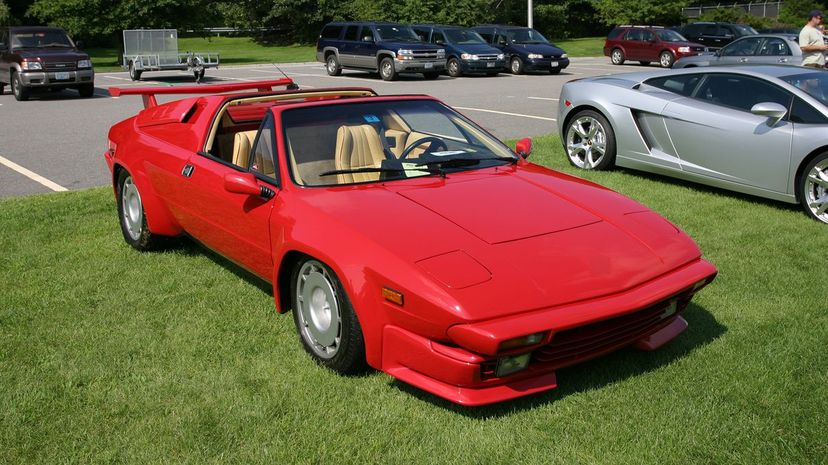
While it never received the critical acclaim that its cousin the Countach garnered, the Lamborghini Jalpa was still one of the most breathtaking sports cars of the '80s. It was produced from 1981 to 1988, and during this time only 410 units were created.
Advertisement
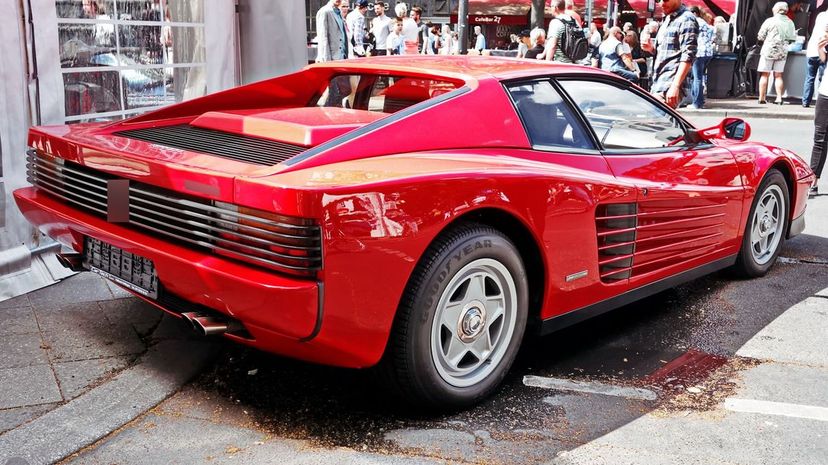
The Ferrari F40 may have been the king of the Ferrari empire in the late '80s, but the Ferrari Testarossa proved that it was capable of garnering its portion of the limelight as well. It terms of quantity, it's one of the most heavily produced Ferrari sports cars, with almost 10,000 units created.
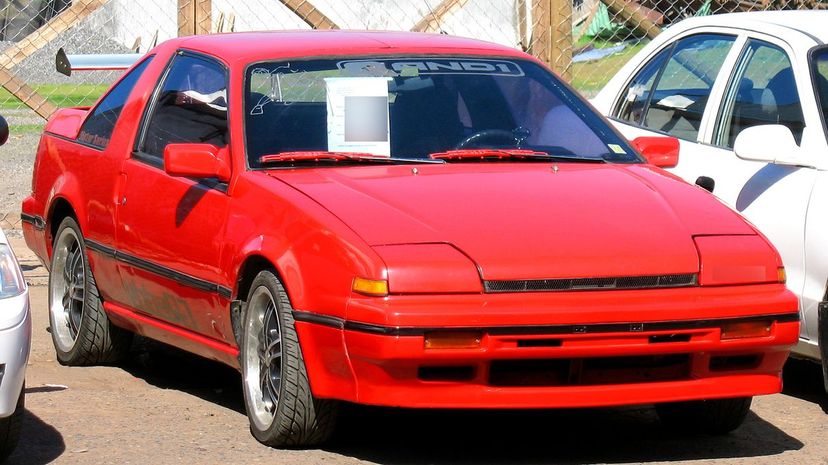
Throughout most of the '80s, the Nissan Pulsar NX proved to be one of the coolest Japanese imports that arrived in the U.S. The second generation is widely considered to be the cooler of the two since it came in a 3-door T-top coupe body style.
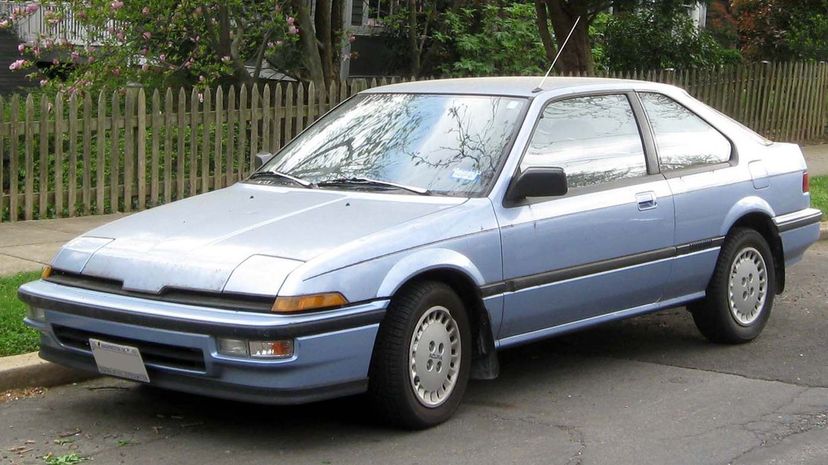
While the first half of the '80s was the time of the Honda Quint, the latter half served as the birth of its successor, the Honda Integra. In North America, it was marketed as the Acura Integra, and it was actually one of the two nameplates that launched the Acura brand.
Advertisement
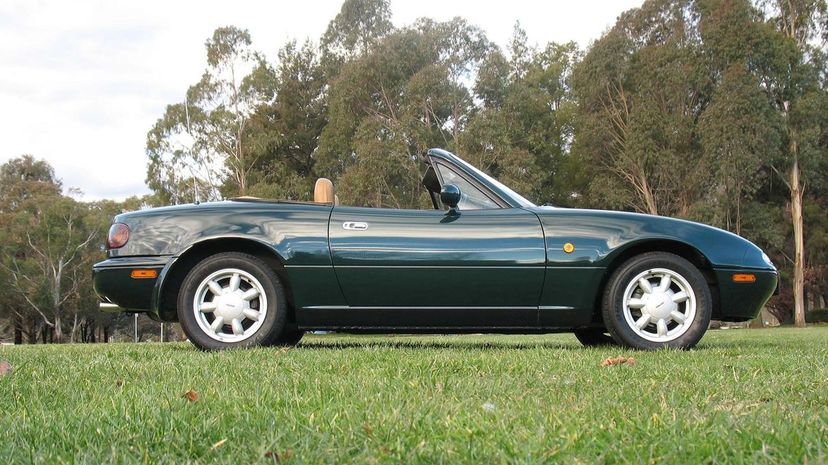
The Mazda MX-5 was introduced at the end of the 1980s and still remains in production to this day. It notably holds the distinction of being the best-selling two-seat convertible sports car of all time.
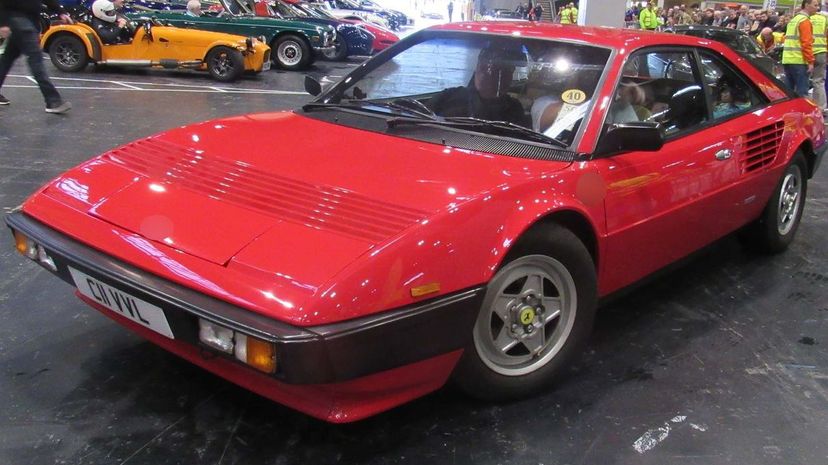
Ferrari sought to encapsulate their extensive motor-racing history when they bestowed the name "Mondail" (French for "global") onto their new 1980 sports car. The car proved to be a moderate success, remaining in production until 1993.
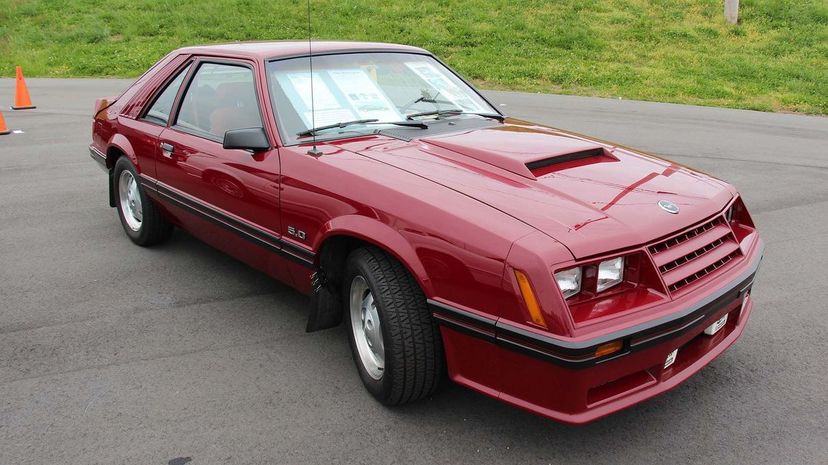
If there is one American car that needs no introduction, it's the Ford Mustang. The third generation of the Ford Mustang ranged from 1979 to 1993, and it was actually based on the Ford Fox platform.
Advertisement
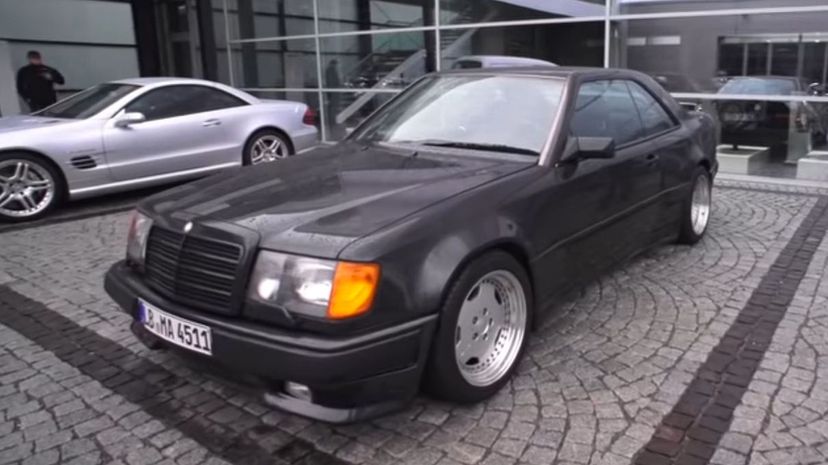
Mercedes introduced AMG as a high-performance brand back in the late 1960s, and it had proven to be successful over the years. Success was in the cards for them yet again in the late 1980s when they dropped the AMG Hammer onto the market, a high-performance sedan that was based on the Mercedes-Benz W124.